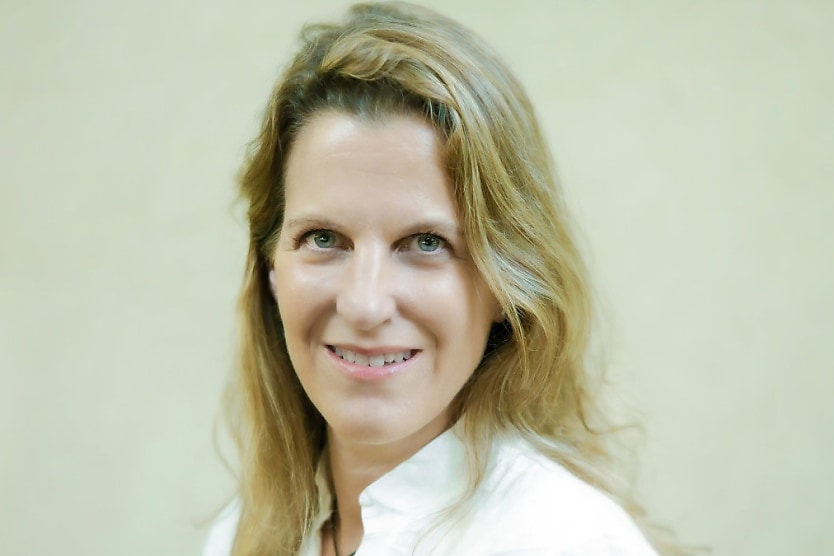
A new workplace trend, “microfeminism”, is doing the rounds on TikTok. The trend, one chief people officer suggests, reinforces the importance of DEI at work.
Microfeminism, the latest trend on TikTok where women share the myriad small ways that they fight sexism in the workplace, has gone viral, amassing tens of millions of posts and views.
In comments provided to HR Leader, HiBob chief people officer Nirit Peled-Muntz (pictured) reflected on how the trend has become so popular and why it signals the importance of better incorporating diversity, equality, and inclusion initiatives in the workplace.
The emergence of the trend follows the release of HiBob’s Young Generation in Tech report, which found that more than one in three (37 per cent) of Gen Z employees in Australia say they value company culture over everything else – even remuneration and promotion.
It also revealed that more than three in five (61 per cent) Australian women would consider leaving their jobs if they find out that their organisation has a gender pay gap.
The presence of Gen Z in the workplace is growing at speed, Peled-Muntz noted, and “by 2030, they will account for 30 per cent of the world’s workforce”.
“As a generation, their passion for diversity is second to none, and so is their sense of justice. They are not afraid to speak out, which is why workplace trends, such as microfeminism, are important tactics where small acts of feminism send powerful messages to transgressors that can drive positive change,” she said.
“In order to continue attracting and retaining this crucial group, businesses must demonstrate a genuine commitment to these principles that align with the cohort’s priorities and show an understanding of their value systems.”
Keeping DEI a high priority on the organisation’s agenda, she suggested, is the “best way” to address this.
“You can create policies or set KPIs, but the most important thing is to create a culture where you have diverse teams, and people really feel they can be themselves,” Peled-Muntz said.
“And, it’s not only Gen Zs who expect this; all of today’s employees want a fairer, more equitable work culture where they are encouraged to reach their full potential.”
Microfeminism, Peled-Muntz went on, is one way that employees will look to draw awareness to gender equality in the workplace.
“That’s why it’s important for human resources leaders to pay attention to this trend and engage with it. My advice is to consistently collect feedback from your teams, ask specific questions around inclusion and act upon that feedback. Consider providing training, adopting new policies, or coaching leaders,” she said.
“Creating a diverse workplace has a huge impact on the business success; microfeminism is one more trend that helps us keep the momentum and our commitment to creating a safe and inclusive workplace.”
RELATED TERMS
According to the Australian Human Rights Commission, discrimination occurs when one individual or group of people is regarded less favourably than another because of their origins or certain personality traits. When a regulation or policy is unfairly applied to everyone yet disadvantages some persons due to a shared personal trait, that is also discrimination.
The term "gender pay gap" refers to the customarily higher average incomes and salaries that men receive over women.









